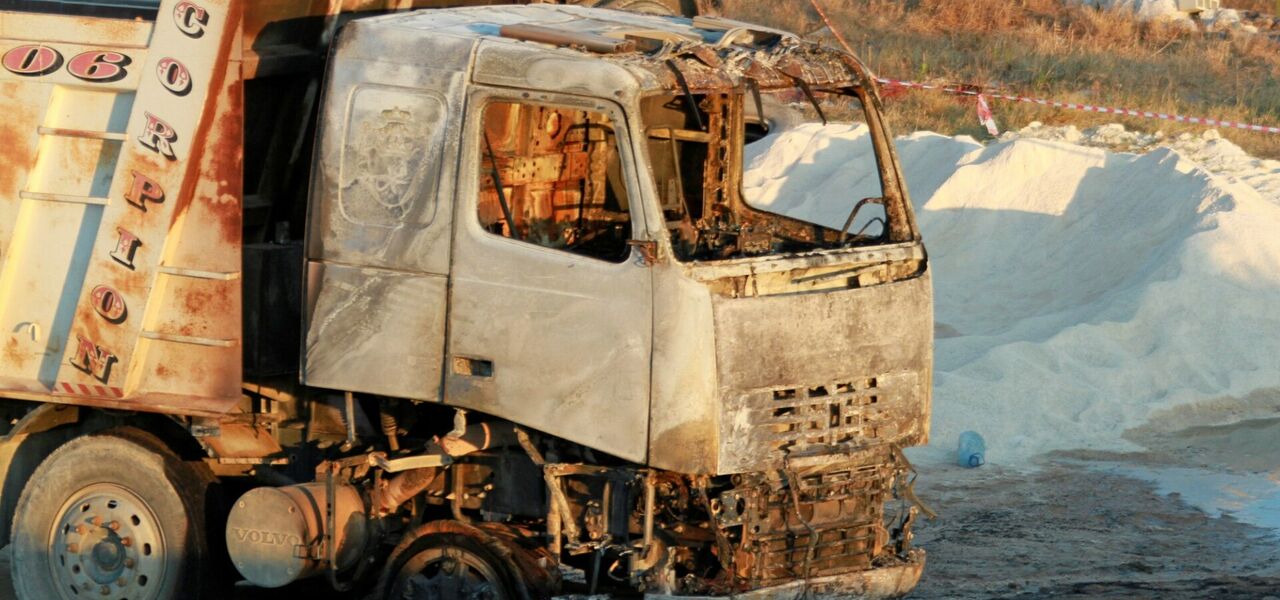The tragedy has struck again. An illegal fuel tank explosion has left over 30 people dead and over a 100 injured, and the count is still on while more missing people are still under the rubble. The disaster has occurred in one of the poorest areas in Lebanon, an area that was already suffering from the lack of infrastructure, including essential medications and adequately equipped hospitals.
For almost 2 years now, Lebanon has been falling under a dramatically increasing economic crisis. In the last couple of months, people have been living with anywhere from 2 hours to a maximum of 12 hours of electricity a day for luckier areas. Most medicines are nowhere to be found, and some people are having difficulty finding bread alongside basic food essentials. Baby milk formulas are extremely rare to find, and their prices have skyrocketed if available. To put this into context, the local currency has dropped by over 15 times in less than two years. And as a country that relies on import for most the materials in industries, this drop has had disastrous effects.
Fuel shortages – how it all began
For a few months, Lebanese people have had to queue at gas stations for up to 8 hours to be able to fill up their tanks. Hospitals are starting to shut down their backup generators as they could not get fuel to power them, generators that have been keeping the hospitals running with the lack of publicly provided electricity. As the fuel is imported in U.S dollars, the non-existing government and resellers have not been able to cope with the increase. This has led to a black market which included merchants hoarding up their available fuel to be able to resell it for higher prices as those increase.
Last weekend, the army and police forces took it upon themselves to try and locate those hoarding merchants and distribute the fuel to people who much need it for a daily life. As much of a needed step that was, the basic safety measures were ignored. Among those hoarders was a large tank of 65000 litres found in North Lebanon. As soon as the word was out, and in an extremely poor area that needed that fuel to survive, people started flocking to the area to get some of that fuel. Over 200 people can be seen in videos gathered on top of one of the buried open top tanks just using plastic bottles to fill up fuel.
Various stories
What actually ignited the fuel is unknown, and knowing Lebanon, it will probably remain that way. Some people say that someone lighted a cigarette while others refer to the hoarding merchant shooting at the tank. Regardless of the reason, the increasing casualties are there to stay. With zero safety measures observed, the disaster was inevitable anyway.
Safety measures
For fuel to be safely stored, lots of measures must be undertaken. The fuel tank itself should have high fire and explosion resistance. Fumes should be considered, ventilation as well. The location of tanks is also essential. Though there’s no point of discussing that here, as it was a massacre of any possible safety measures.
Now what?!
Videos from the army raids have shown lots of people just storing hundreds of gallons of fuel in plastic containers in rooms within their houses. If a real fix is not undertaken, and very soon, this will undoubtedly occur again, perhaps with even more casualties this time. People need to be aware of the dangers of what they think is a quick method for easy money by taking advantage of the economic situation. They need to realise that this can kill them, their families, and perhaps their whole town. The Beirut Port explosion should’ve taught us a bit about safe storage of dangerous materials.

